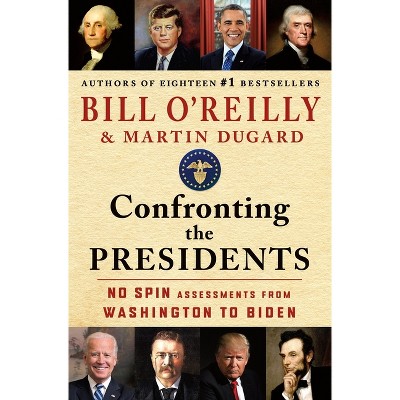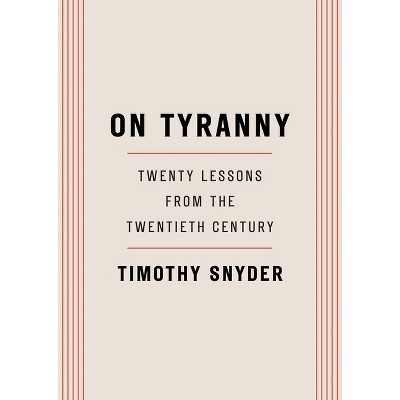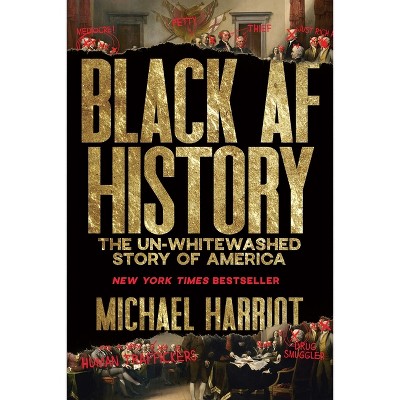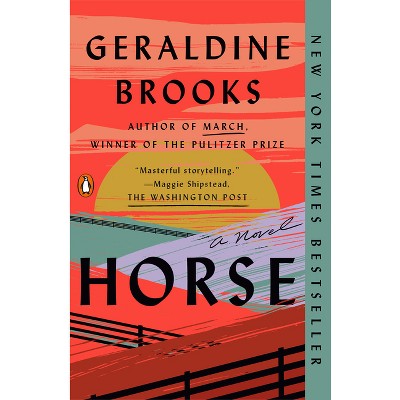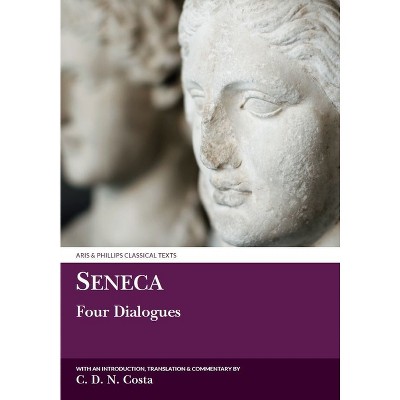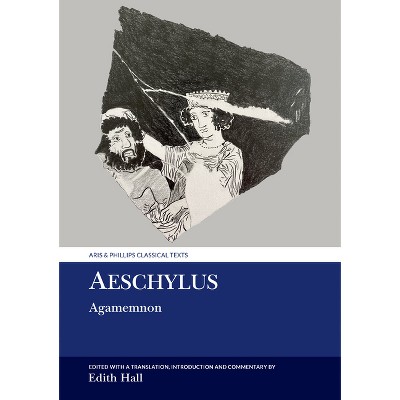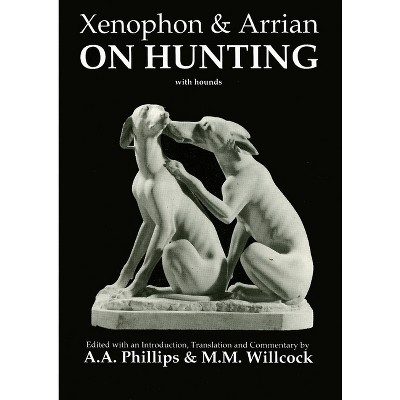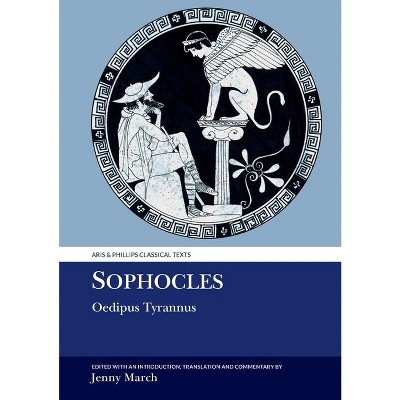Seneca: Medea - (Aris & Phillips Classical Texts) by Harry Hine (Paperback)

About this item
Highlights
- A new edition of the Latin text, with a facing English prose translation, of one of Rome's most notorious and ferocious plays.
- Author(s): Harry Hine
- 218 Pages
- History, General
- Series Name: Aris & Phillips Classical Texts
Description
About the Book
A new edition of the Latin text, with a facing English prose translation, of one of Rome's most notorious and ferocious plays.Book Synopsis
A new edition of the Latin text, with a facing English prose translation, of one of Rome's most notorious and ferocious plays. The lengthy, useful introduction examines all aspects of the play's literary and thematic features, placing it firmly within the context of the 1st century AD, whilst also trying to determine the processes that led Seneca to create such a bleak view of the universe. Hine's discussion includes a biography of Seneca, a history of tragedy and the Roman theatre, the influence of Stoicism, politics and religion, characterisation, the play's language, devices and structure, questions of staging and the manuscript tradition.Review Quotes
Hs Medea is a very important addition to Senecan scholarship, both for the quality of the translation and commentary it provides, and for the comprehensive and engaging introduction. Indeed, this must count as one of the very best overall introductions to Senecan tragedy in general, rich in information and judicious in assessment, but also fully attuned to the complexities of Senecas literary ambitions. On the vexed question of recitation vs. performance H rightly reminds us that Seneca and his contemporaries were quite likely to regard all tragedies 'as in principle suitable for stage performance' (p.10). The section on the relationship between philosophical doctrine and tragic writing is especially forceful and convincing.
H prints his own text alongside an essential but useful apparatus; he offers a close, readable translation, not without considerable charm especially in the lyric passages. The commentary is as full and detailed as its scale allows. It will be read with great profit not just by students of any age and experience, but also by scholars and specialist, who will be delighted by the many shrewd observations it contains on intertextual models, metre and its stylistic effect, characterization, and connections with Senecas prosework. It is to be hoped that the availability of such an excellent edition will widen the readership of Senecas tragedies among students.'Shipping details
Return details
Trending History
